The relationship between religion, education, and science is a complex and multifaceted one that has evolved over centuries. Throughout history, religion has played a significant role in shaping both educational systems and scientific endeavours. While the interaction between religion and education has often been harmonious, there have also been periods of tension and conflict. This article explores the intertwined history of religion, education, and science, highlighting how religious institutions have influenced the development of education and scientific thought while also experiencing challenges from scientific advancements.
Ancient Foundations of Education and Science
-
Ancient Civilizations and Religious Education
 (Photo from iStock)
(Photo from iStock)
In ancient civilizations such as Mesopotamia, Egypt, Greece, and Rome, education was often closely tied to religious beliefs. Temples served as centres of learning where priests and scholars provided instruction in various subjects, including mathematics, astronomy, and medicine. The religious elite played a key role in preserving and transmitting knowledge, emphasizing the divine origin of wisdom. In ancient Greece, for example, philosophers like Pythagoras and Plato saw connections between mathematics and the divine, paving the way for the integration of religion and education.
-
Religious Cosmologies and Early Science
The cosmologies of ancient religions influenced early scientific thought. For instance, in ancient Hinduism, the concept of a cyclical universe and the pursuit of knowledge through meditation and contemplation contributed to early understanding of mathematics and astronomy. In ancient China, Confucianism, Taoism, and Buddhism promoted observation of the natural world and the development of technologies like papermaking and printing.
Medieval Europe: The Marriage of Religion and Education
-
The Monastic System
During the Middle Ages in Europe, Christianity played a central role in education and the preservation of knowledge. Monastic orders, such as the Benedictines, established centres of learning where religious instruction and academic pursuits went hand in hand. Monasteries were repositories of manuscripts and acted as schools for the clergy, nurturing a tradition of education intertwined with faith.
-
Scholasticism
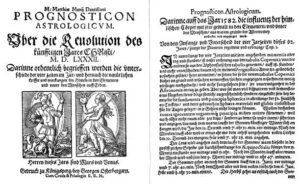 (Photo from iStock)
(Photo from iStock)
Scholasticism, a medieval school of thought, sought to reconcile faith with reason and applied critical thinking to theological and philosophical questions. Figures like Thomas Aquinas drew on classical and religious texts to create a synthesis of knowledge that was influential in both the church and academia. The scholastic tradition fostered an environment where religious beliefs were integrated into the study of natural philosophy, laying the foundation for the future relationship between science and religion.
The Renaissance: A Bridge between Religion and Science
-
The Revival of Classical Learning
The Renaissance, a period of intellectual and artistic rebirth in Europe, saw a revival of interest in the classical Greek and Roman texts. This rekindled fascination with antiquity provided a bridge between religion and the emerging scientific world. Figures like Galileo Galilei, a devout Catholic, engaged with religious authorities while advancing the field of astronomy. Galileo’s support for the heliocentric model put him in direct conflict with the Church, demonstrating the complexities of balancing religious beliefs and scientific exploration.
-
Humanism and Religious Tolerance
Humanism, a movement emphasizing the value of human reason and individualism, sought to balance religious faith with intellectual inquiry. Prominent humanists like Erasmus and Thomas More advocated for religious tolerance and the pursuit of knowledge. The printing press, a technological advancement of the era, facilitated the spread of both religious and scientific ideas, allowing for a more open exchange of information.
The Enlightenment: A Period of Conflict
-
The Age of Reason
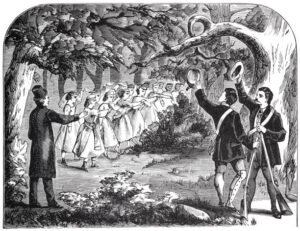 (Photo from iStock)
(Photo from iStock)
The Enlightenment, an intellectual movement of the 17th and 18th centuries, emphasized reason and empiricism as the primary sources of knowledge. This era witnessed a significant shift in the relationship between religion and science. Thinkers like Voltaire and Denis Diderot questioned religious authority and promoted secularism and scepticism. The Enlightenment fostered a climate in which science began to challenge religious dogma.
-
Conflict and Resolution
The clash between science and religion became most evident in the debates over the heliocentric model and Charles Darwin’s theory of evolution. The Catholic Church’s condemnation of Galileo’s heliocentric view and the subsequent trials symbolized the tensions between religious orthodoxy and scientific discovery. Similarly, Darwin’s theory of evolution challenged religious interpretations of creation. While conflicts emerged, religious institutions eventually adapted to accommodate new scientific discoveries. This adaptability led to a more harmonious relationship between religion and science.
Modern Education and Science: A Delicate Balance
-
The Development of Modern Education
The modern education system emerged with a focus on secularism and the separation of church and state. Public education, based on Enlightenment ideals, prioritized scientific literacy and secular curriculum. This shift contributed to the advancement of scientific knowledge, as it allowed for more objective and evidence-based inquiry.
-
Religious Institutions and Higher Education
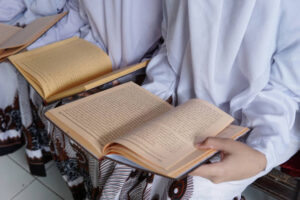 (Photo from iStock)
(Photo from iStock)
Religious institutions continue to play a significant role in higher education today. Many universities and colleges have religious affiliations, providing a diverse educational landscape. These institutions offer an environment where students can explore both faith and reason, allowing for a harmonious coexistence of religious beliefs and academic pursuits.
Contemporary Challenges and Opportunities
-
Evolution and Creationism
The debate over the teaching of evolution in schools, especially in the United States, has been a contemporary flashpoint between science and religion. Advocates for the inclusion of creationism or intelligent design alongside evolutionary theory. That have sought to reconcile religious beliefs with scientific knowledge. The legal battles surrounding this issue underscore the enduring tension between science education and religious beliefs.
-
Ethical and Moral Dilemmas
Religious and ethical considerations continue to shape scientific research and its applications. Issues like genetic engineering, stem cell research. And artificial intelligence raise moral and religious questions about the boundaries of scientific progress. Religious leaders and scholars often engage in dialogue with scientists to address these ethical challenges. Navigate the intersection of faith and scientific advancement.
Conclusion
The history of education and science is deeply entwined with religion. Ancient civilizations, medieval monasteries, and the Renaissance all bore witness to the harmonious integration of faith and learning. However, with the Enlightenment, the relationship became more contentious, as science challenged religious orthodoxy. Yet, religious institutions have adapted, and today, we see a more balanced coexistence between religion and science in education.

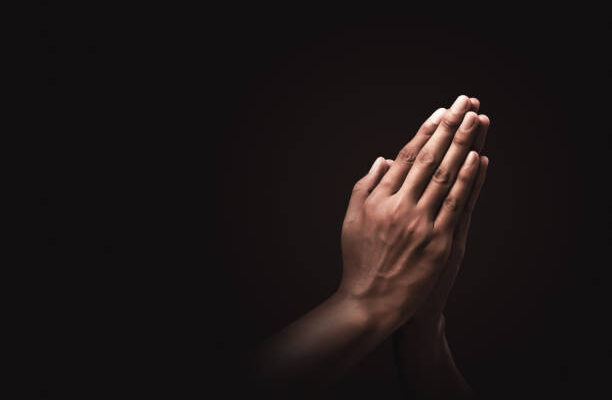
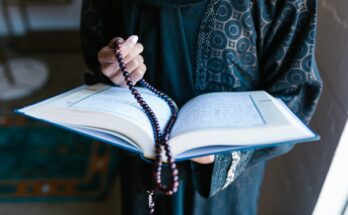
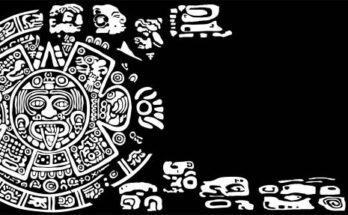
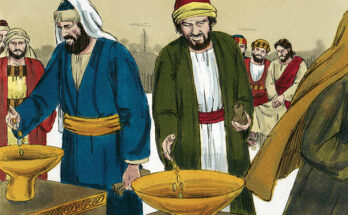
2 Comments on “The Role of Religion in the History of Education and Science”